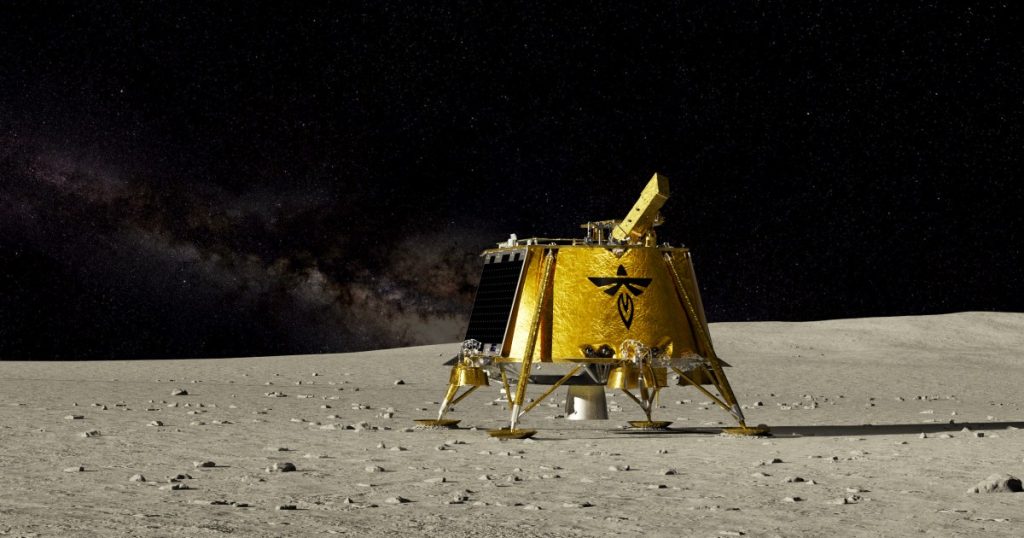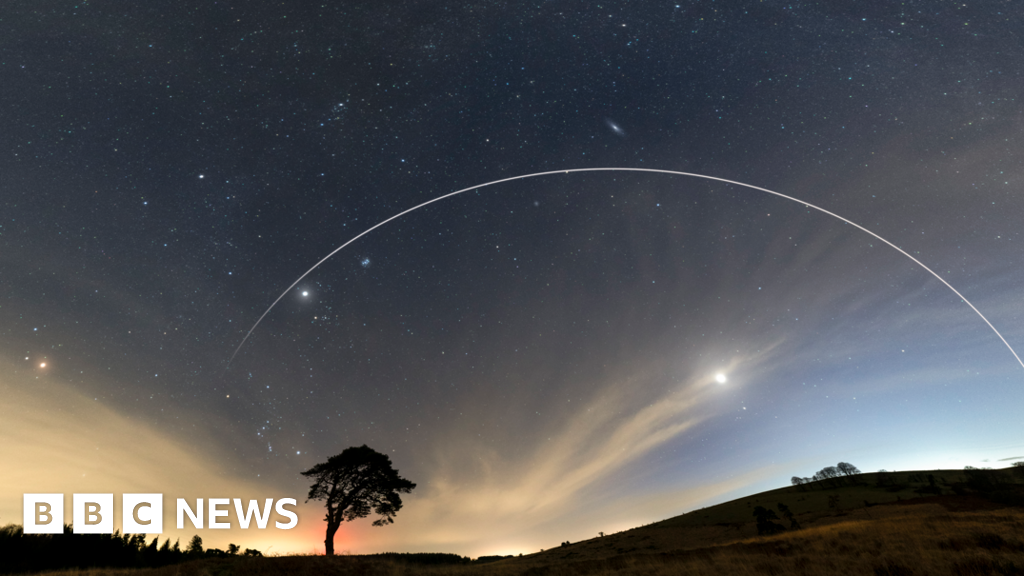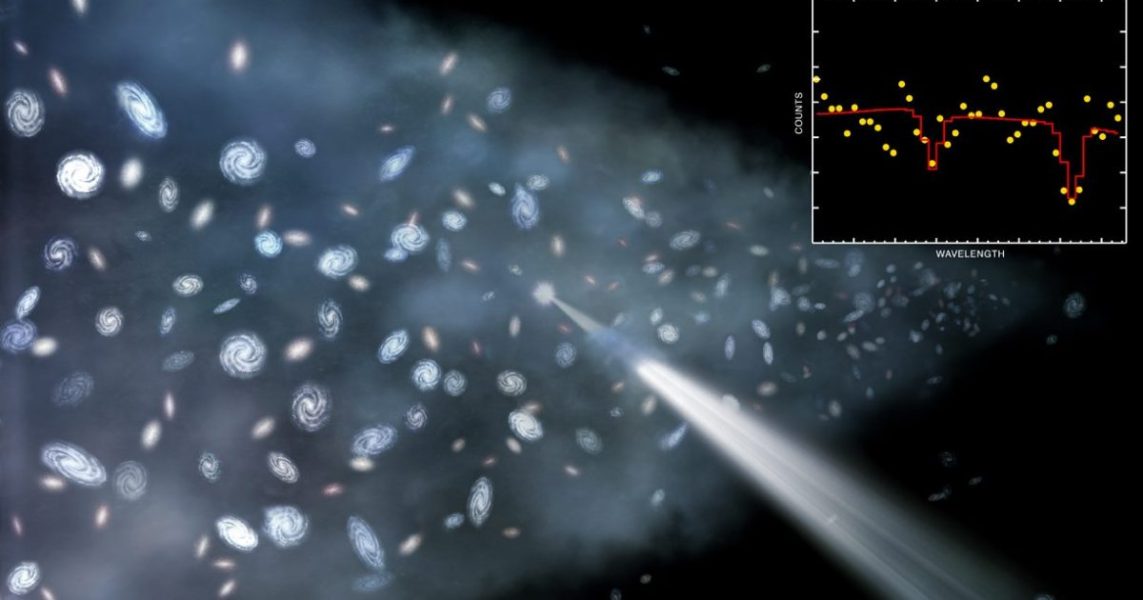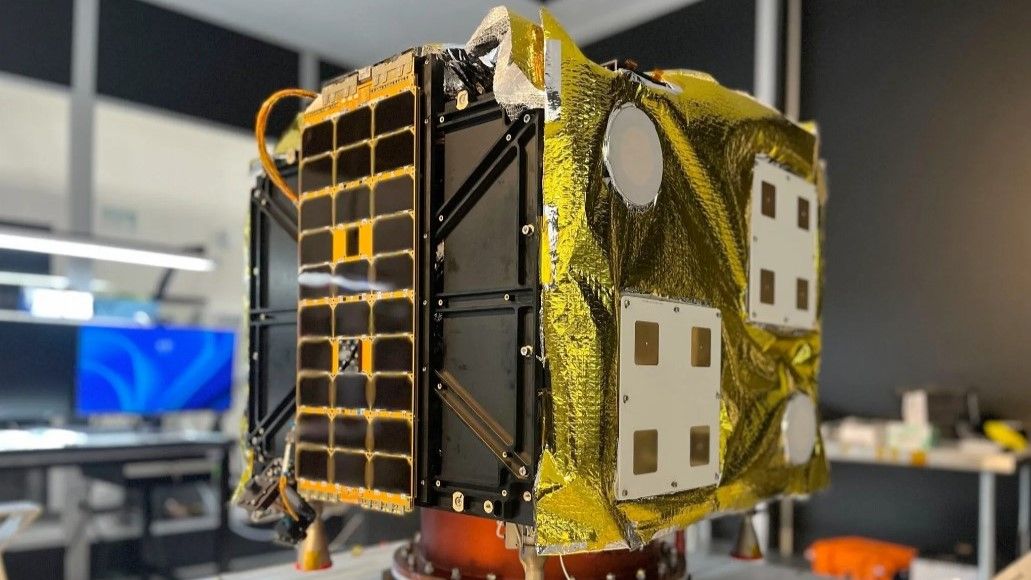See the Blue Ghost spacecraft’s first view of the moon – Digital Trends

A new image from Firefly Aerospace’s Blue Ghost mission shows the spacecraft’s first glimpse of the moon. Launched nearly two weeks ago, the spacecraft is headed to the moon where it aims to land, completing just the second commercial lunar landing to date. The lander is filled with experiments and technology tests for NASA, as part of the agency’s Artemis program to get humans back to the moon in the next few years.In the days since its launch, the spacecraft has been in orbit around Earth. It has gradually adjusted its orbit by firing its engines at various points, and soon it will be able to head toward the moon on a path called a lunar transit.“NASA’s science and technology instruments aboard Firefly’s Blue Ghost Mission 1 are a step closer to the Moon,” NASA wrote in an update. “After almost two weeks in Earth orbit, Firefly announced Thursday that Blue Ghost successfully completed its second engine burn, placing the lander in the correct position to leave Earth’s orbit and continue its journey to the Moon. At the same time, the spacecraft got its first glimpse of the Moon from Earth’s orbit. ”This image shows the view of the moon seen from the top of the lander, with the lander’s top deck visible in the foreground. In addition to this image, Firefly also released another image showing just Blue Ghost’s view of the moon:As the spacecraft travels between Earth and the moon, engineers on the ground are checking that all its payloads are working correctly. The payloads are 10 science and technology experiments, for NASA and various research institutions and universities, including tools like a drill for sample collection and instruments for measuring X-rays and magnetic fields.“Routine assessments while Blue Ghost is in transit show that all NASA payloads continue to be healthy,” NASA wrote in the update. “Firefly and NASA’s payload teams will continue to perform payload health checkouts and operations before reaching the Moon, including calibrating NASA’s Lunar Environment Heliospheric X-ray Imager (LEXI), continued transit operations of the Lunar GNSS Receiver Experiment (LuGRE), and analysis of radiation data collected from the Radiation Tolerant Computer (RadPC) technology demonstration.”The spacecraft is set to begin heading out of Earth orbit and toward the moon in the next few weeks, and should land on the moon in early March.As SpaceX gears up for the big sixth test flight of its Starship vehicle, NASA has announced its longer term plans for the next generation of SpaceX craft. The company is in the process of developing a human lander for the moon, which NASA intends to use along with a lander from Blue Origin to potentially carry astronauts to the lunar surface as part of the Artemis program.But NASA won’t just be carrying people in its two shiny new spacecraft. The agency announced today that it also intends to use the vehicles to carry cargo such as equipment and infrastructure to the moon.NASA has updated its list of potential landing sites for the next human visit to the moon, which is planned for 2026. The Artemis III mission will see the first crewed lunar landing since the Apollo era, and the plan is for astronauts to explore the moon’s South Pole region where there is thought to be water ice on the lunar surface.NASA shared a list of 13 candidate landing locations for Artemis III in 2022, but has now updated its list to nine candidates. Some of these were on the list previously, while others have been added such as the Mons Mouton mountain and plateau, which is particularly interesting to scientists because the height of the mountain means that there are permanently shadowed regions nearby. These places, where sunlight never touches, are particularly good candidates when it comes to looking for water ice.Earlier this month, the European Space Agency (ESA) launched its newest Earth-observation satellite, known as Copernicus Sentinel-2C. Joining its siblings Sentinel-2A and B, it will take high-resolution images of the planet’s surface from its altitude of almost 500 miles, capturing some stunning views of lesser-seen parts of our world.Now, the first images taken by Sentinel-2C have been released, including views over European cities, a stretch of the French coast, and the effects of the wildfires raging through California. “These initial images stand as a powerful testament to the success of this extraordinary mission,” said Simonetta Cheli, ESA’s director of Earth Observation Programmes, in a statement. “While Sentinel-2 will continue to serve Copernicus with distinction for years to come, we are already looking ahead as we develop the next chapter with the Sentinel-2 Next Generation mission.”Upgrade your lifestyleDigital Trends helps readers keep tabs on the fast-paced world of tech with all the latest news, fun product reviews, insightful editorials, and one-of-a-kind sneak peeks.
Source: https://www.digitaltrends.com/space/blue-ghost-first-moon-image/






